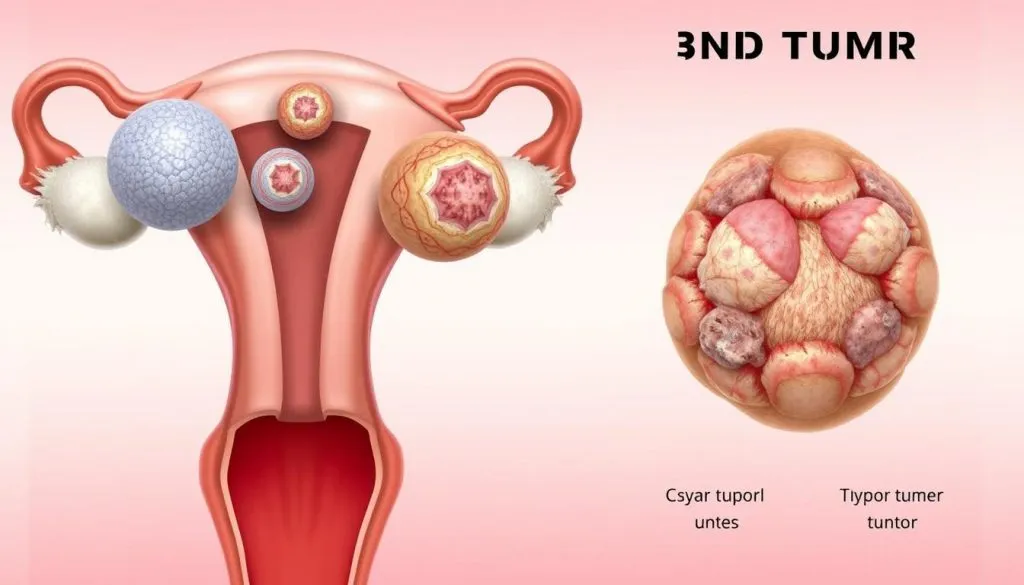
Both tumors and cysts are abnormal growths in the body, but they differ in structure, cause, and potential to become cancerous.
A tumor is an abnormal mass of tissue that results from excessive cell division or failure of cells to die on schedule.
➤ Types of Tumors
- Benign Tumors (Non-cancerous)
- Do not invade nearby tissues or spread
- Grow slowly
- Examples: Lipoma, Fibroma, Adenoma
- Malignant Tumors (Cancerous)
- Invade nearby tissues
- Can spread (metastasize) to other parts of the body
- Require more aggressive treatment
- Examples: Carcinoma, Sarcoma, Lymphoma
- Borderline or Pre-malignant Tumors
- Have the potential to become cancer
- Example: Certain ovarian tumors
➤ Diagnosis
- Imaging (CT, MRI, Ultrasound)
- Biopsy (tissue sampling)
- Blood tests (e.g., tumor markers)
- Genetic testing in some cancers
➤ Treatment
- Surgery: To remove the tumor
- Radiation therapy
- Chemotherapy
- Targeted therapy
- Immunotherapy
- Hormone therapy (for hormone-sensitive tumors)
🔹 Cysts
➤ Definition
A cyst is a closed sac filled with fluid, air, pus, or other material. Most are non-cancerous.
➤ Types of Cysts
- Sebaceous cyst: Found under the skin; filled with oily material
- Ovarian cyst: Related to the menstrual cycle; often harmless
- Baker’s cyst: Behind the knee; associated with joint problems
- Ganglion cyst: Near joints or tendons (often the wrist)
- Pilonidal cyst: Near the tailbone; may become infected
➤ Diagnosis
- Physical examination
- Ultrasound or MRI
- Aspiration or biopsy (if necessary)
➤ Treatment
- Observation: Many cysts go away on their own
- Drainage: For fluid-filled cysts
- Surgical removal: If painful, recurrent, or suspicious
- Antibiotics: If infected
🔸 Key Differences Between Tumors and Cysts
Feature | Tumor | Cyst |
Content | Solid (mostly) | Fluid, air, or semi-solid material |
Potential for Cancer | Can be cancerous or non-cancerous | Rarely cancerous |
Growth | May grow rapidly | Usually slow-growing |
Diagnosis | Imaging + Biopsy | Imaging + Aspiration (if needed) |
Treatment | Surgery, chemo, radiation, etc. | Drainage or removal if needed |
🩺 When to See a Doctor
- Rapid growth of lump
- Pain, redness, or discharge
- Change in size or shape
- Symptoms like weight loss, fatigue, fever
- Family history of cancer



